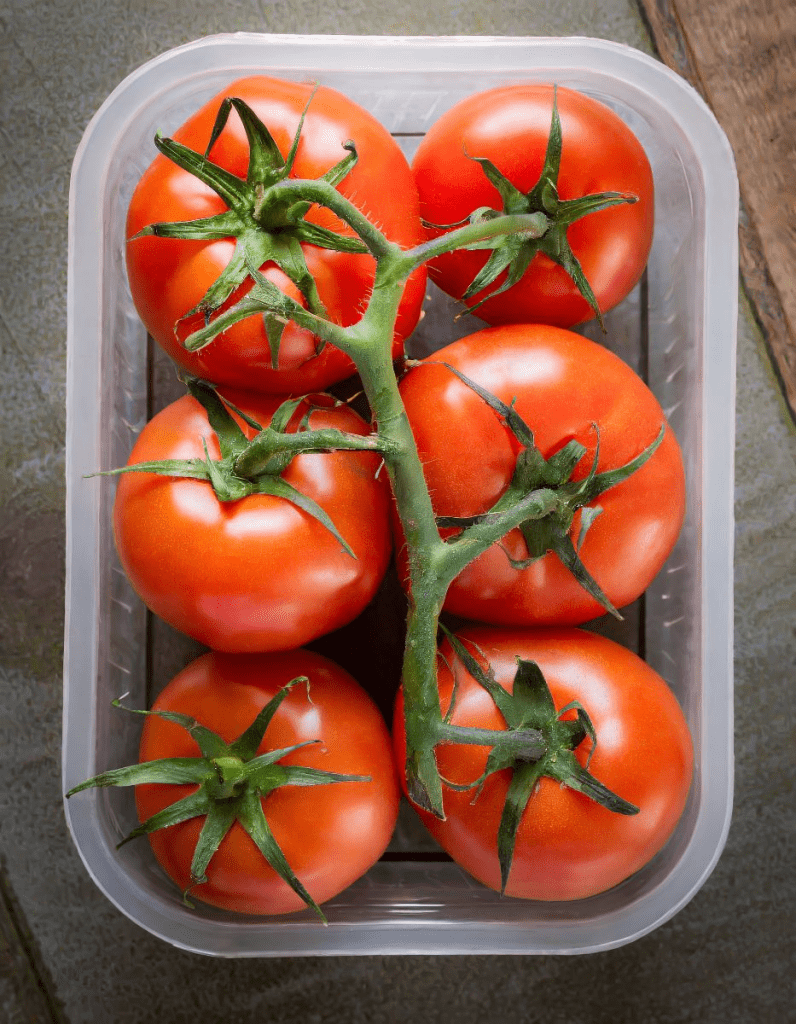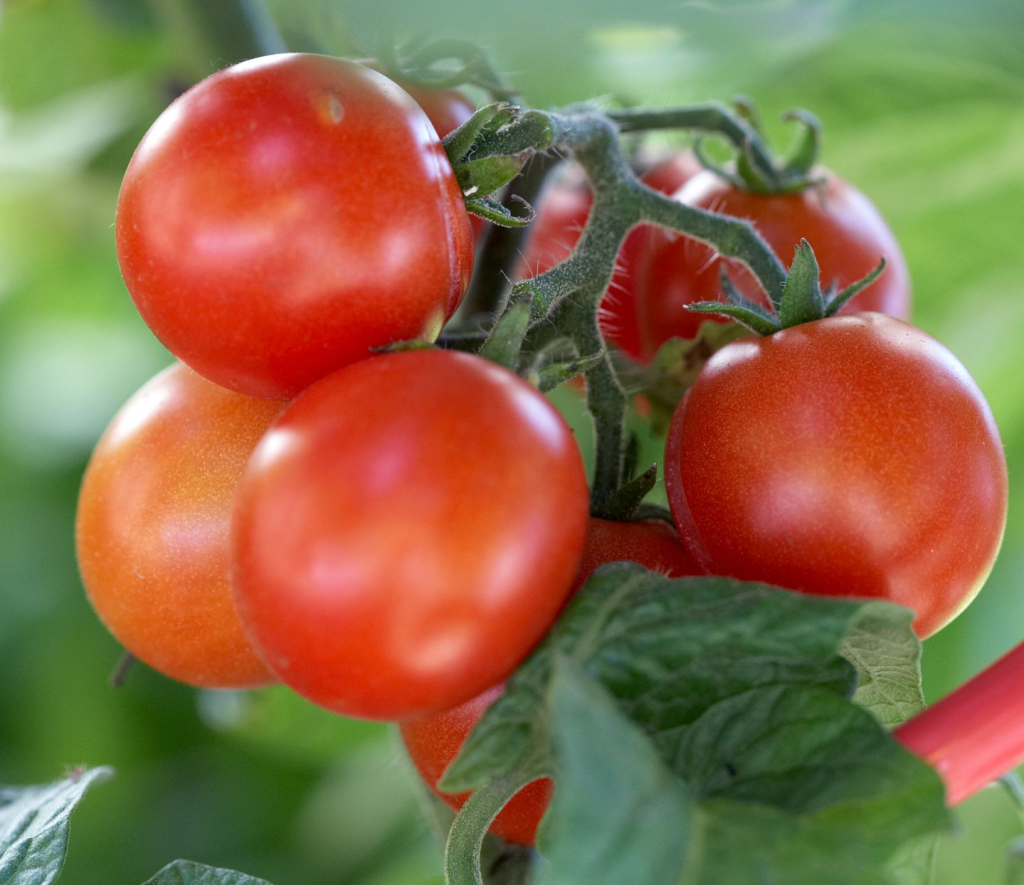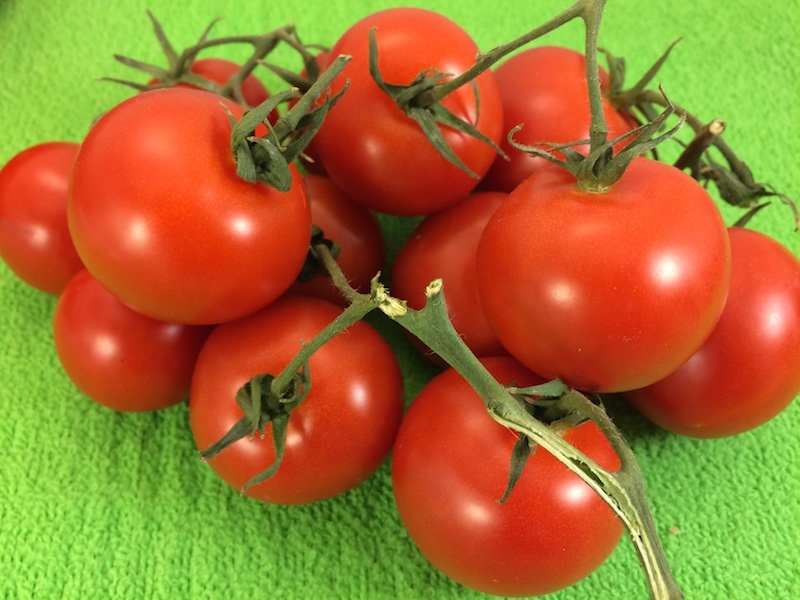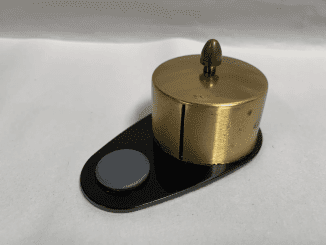Tomatoes are a staple ingredient in countless dishes, from fresh salads to rich sauces. However, their delicate nature often means they can spoil faster than we’d like. Whether you’ve got a bounty from your garden or you’re trying to make store-bought tomatoes last, knowing how to store tomatoes properly can make a big difference in preserving their flavor, texture, and nutritional value.
In this article, we’ll break down the best ways to store different types of tomatoes, ensuring they stay fresh for as long as possible.

Why Storing Tomatoes Correctly Matters
Tomatoes, though delicious, are highly sensitive to temperature changes. Improper storage can lead to premature ripening, flavor loss, and spoilage. Each variety of tomato requires its own method of storage based on its size, ripeness, and intended use. When stored correctly, tomatoes can last several days to weeks, retaining both their taste and texture.
Storing Cherry and Grape Tomatoes
Cherry and grape tomatoes are small, bite-sized, and delicate, which makes them prone to bruising and quick spoilage if not handled properly.
- Room Temperature: For the freshest flavor, store cherry and grape tomatoes at room temperature, especially if you plan to eat them within a day or two. Keep them in a single layer on a countertop, away from direct sunlight. Storing them at room temperature allows them to retain their natural sweetness and texture.
- Refrigeration: If you need to store them for longer, place them in a perforated plastic bag or a shallow container in the refrigerator’s crisper drawer. The perforations allow airflow, preventing excess moisture buildup, which can lead to mold. Ideally, use them within 5-7 days, as refrigeration can slightly dull their flavor and texture.
Storing Roma Tomatoes (Paste Tomatoes)
Roma tomatoes, also known as paste tomatoes, are firm and meaty, making them perfect for sauces, canning, or drying.
- Room Temperature: Keep unripe Roma tomatoes at room temperature, and allow them to ripen naturally. Once ripe, they should be consumed within a few days or moved to the fridge to extend their freshness.
- Refrigeration: Once Roma tomatoes are ripe, store them in a plastic bag or container in the refrigerator’s crisper drawer. Roma tomatoes can last up to a week in the fridge without losing much flavor. Just be sure not to stack them to avoid bruising.
Storing Beefsteak and Heirloom Tomatoes
Beefsteak and heirloom tomatoes are known for their large size and juicy, flavorful flesh. They’re often used in sandwiches or sliced for salads, making it crucial to store them in a way that preserves their texture.
- Room Temperature: Store beefsteak and heirloom tomatoes at room temperature until they reach their peak ripeness. This will enhance their natural flavor. Avoid refrigerating them before they’re fully ripe, as this can cause them to become mealy.
- Refrigeration: Once ripe, you can move these tomatoes to the fridge, where they’ll keep for 3-4 days. While refrigeration can slightly alter their texture, it’s the best way to prevent over-ripening. It’s recommended to let them come to room temperature before eating for the best flavor.
How to Ripen and Store Green Tomatoes
Green tomatoes, whether used for frying or pickling, require special care when it comes to ripening and storage.

- Ripening: To ripen green tomatoes, place them in a paper bag with a ripe banana or apple. These fruits release ethylene gas, which accelerates the ripening process. Check the tomatoes daily to avoid overripening.
- Room Temperature: Once ripened, green tomatoes can be stored at room temperature for a few days. However, if you’re not ready to use them, transfer them to the fridge to slow down the ripening process. They’ll last another week in the refrigerator.
Storing Regular Tomatoes
For everyday use, regular tomatoes (like slicing tomatoes) are versatile and can benefit from a specific storage technique that preserves their texture.
- Materials: All you need are tomatoes, a storage container, and paper towels.
- Instructions:
- Choose a container that can be left on your countertop and line it with paper towels.
- Place the tomatoes stem-side down in a single layer inside the container. This reduces air exposure around the most vulnerable part of the tomato.
- Keep the container away from direct sunlight and check the tomatoes daily, removing any that show signs of mold or leakage.
Storing tomatoes upside down helps maintain their freshness by preventing air from entering through the stem scar, which is where they usually begin to spoil.
General Tips for Tomato Storage
There are a few universal storage tips that apply to all types of tomatoes, ensuring they remain at their best for as long as possible:
- Handle Gently: Always be careful when handling tomatoes to avoid bruising, which can accelerate spoilage.
- Inspect Regularly: Check your stored tomatoes daily for any signs of overripening or mold. Removing spoiled tomatoes prevents them from contaminating the others.
- Avoid Excess Moisture: Moisture is a tomato’s worst enemy when it comes to storage. Be sure that your storage containers are dry and have proper ventilation to prevent moisture buildup.
- Keep Varieties Separate: Different types of tomatoes have different flavors and ripening times, so it’s best to store them separately to maintain their unique characteristics.
Freezing Tomatoes for Long-Term Storage

If you find yourself with an excess of ripe tomatoes, freezing is an excellent option to extend their shelf life for months.
- Blanch and Peel: Start by blanching the tomatoes in boiling water for a minute, then transfer them to an ice bath to make peeling easier. Once peeled, you can freeze whole tomatoes or chop them for future sauces or soups.
- Storage: Place the prepared tomatoes in airtight containers or freezer bags, removing as much air as possible before sealing. Frozen tomatoes can last up to 6 months, and while they might not be ideal for fresh salads after thawing, they’re perfect for cooked dishes.
Conclusion: Storing Tomatoes the Right Way
Whether you’re working with cherry tomatoes or hefty beefsteaks, properly storing your tomatoes can make all the difference in how long they last and how delicious they taste. Room temperature is often the best option for short-term storage, while refrigeration can extend the life of ripe tomatoes for a few days longer. For those with a bounty of ripe tomatoes, freezing offers a way to enjoy your tomatoes even months after harvest.
By using these methods, you can maximize the freshness and flavor of your tomatoes, ensuring that they are just as delicious when you’re ready to use them as they were when you first bought or picked them.


